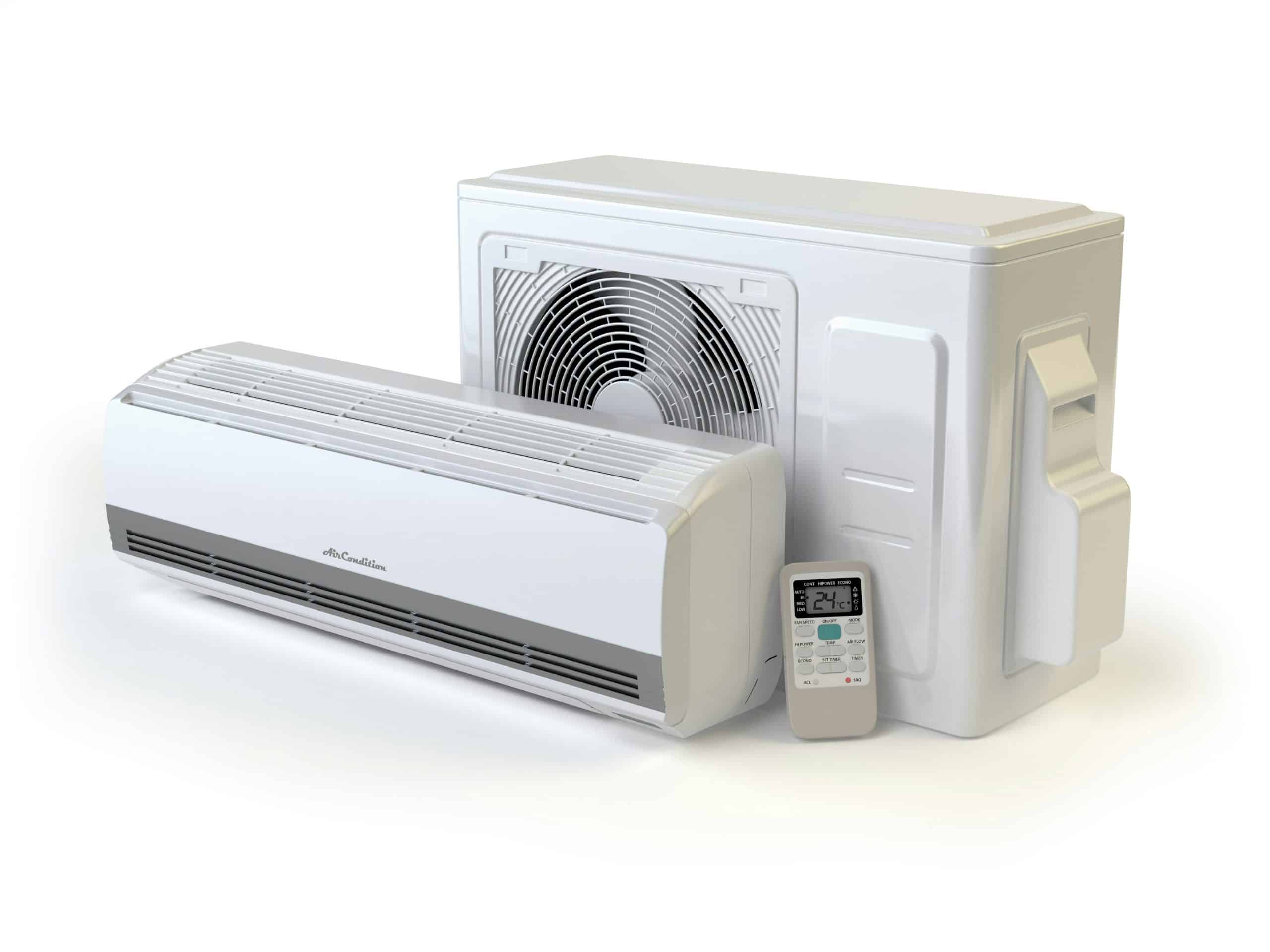Air conditioning systems in commercial trucks are an essential component, especially during long hauls. They provide much-needed comfort for the driver, enhancing focus and productivity. However, these systems are notorious for their high fuel consumption and can significantly affect the overall efficiency of the vehicle. The question then arises, how can we optimize the air conditioning systems of commercial trucks for long-haul journeys? This article will delve into various strategies that can improve the performance and efficiency of these systems, allowing you to get the most out of your vehicle’s AC system.
Optimizing the Air Conditioning System for High Performance
The performance of an air conditioning system in a commercial truck significantly depends on its ability to cool down the interior efficiently while minimizing fuel consumption. Therefore, optimizing the system to achieve high performance is crucial. It involves a careful examination of various components of the system, including the compressor, condenser, evaporator, and the refrigerant.
In the same genre : What are the precise specifications for torque settings in a British-made sports car’s engine?
One way to optimize the performance is to use refrigerants with a lower global warming potential (GWP). For instance, R-1234yf, an alternative to R-134a, offers similar cooling capabilities but with a much lower GWP. This change can significantly reduce the environmental impact of the AC system without compromising its cooling efficiency.
Another strategy is to ensure regular maintenance of the AC system. This includes cleaning the condenser and evaporator coils, replacing the cabin air filter regularly, and checking refrigerant levels. These measures can prevent the system from working harder than necessary, thereby improving its efficiency and performance.
Also read : How to check and maintain the electric charging system in UK plug-in hybrid cars?
Harnessing Heat Recovery Systems
An innovative way to improve the efficiency of the air conditioning system in a commercial truck is by harnessing the waste heat generated from the engine. Heat recovery systems work by capturing this waste heat and using it to power the AC system. This can significantly reduce the demand on the engine, leading to reduced fuel consumption.
Combined with a high-performance heat exchanger, a heat recovery system can cool the cabin efficiently while reducing the load on the engine. Plus, it’s an eco-friendly solution, as it makes use of waste heat that would otherwise be released into the environment.
Implementing Advanced Cooling Cycles
Incorporating advanced cooling cycles can significantly improve the efficiency of the AC system in a commercial truck. For instance, the adsorption cooling cycle, which uses a heat source rather than a mechanical compressor, can provide efficient cooling while reducing the load on the engine.
Similarly, a vapor compression cycle can be optimized by incorporating an economizer, which recovers and utilizes the refrigerant that would otherwise be wasted. This can significantly improve the cooling capacity and the overall efficiency of the system.
Making Use of High-Efficiency Roof Units
One practical way to improve the efficiency of the AC system is by utilizing high-efficiency roof units. These units often come with advanced features such as variable speed fans and high-efficiency compressors, which can provide superior cooling while reducing energy consumption.
The placement of these units on the roof also has several advantages. For one, it enables better air distribution inside the cabin. Also, unlike typical dash-mounted units, roof units can provide uniform cooling throughout the cabin, enhancing the comfort of the driver.
Optimizing Fuel Consumption
Finally, managing the fuel consumption of the AC system is crucial in optimizing it for long hauls. One effective solution is to incorporate a start-stop system. This feature automatically stops the engine when the truck is idle and restarts it when the accelerator is pressed. This can reduce unnecessary fuel consumption when the truck is stuck in traffic or waiting at a stoplight.
In conclusion, optimizing the air conditioning system of a commercial truck for long hauls involves a combination of strategies aimed at improving the system’s performance and efficiency. By implementing these strategies, you can comfortably undertake your long-haul journeys without worrying about excessive fuel consumption or compromised cabin comfort.
Advanced Thermal Management Solutions
Modern technological advancements have provided more opportunities for optimizing the air conditioning systems of commercial trucks for long hauls. One such advancement is the use of advanced thermal management solutions. These solutions help to maintain the temperature inside the truck’s cabin accurately, reducing the power consumption of the air conditioning system.
The efficiency of an air conditioning system largely depends on its thermal management. Advanced thermal management solutions aim to optimize this aspect by focusing on heat and airflow control. They use innovative methods and technologies to control the heat generated by the engine and the airflow within the truck.
Such solutions often include technologies like advanced coolants, high-performance radiators, and smart fans. Advanced coolants, for example, can absorb more heat compared to conventional ones, improving the overall cooling efficiency. High-performance radiators and smart fans, on the other hand, can enhance the heat dissipation, reducing the load on the air conditioning system.
Moreover, thermal management solutions are often coupled with innovative technologies like automated temperature control and smart thermostats. These technologies can automatically adjust the cabin temperature based on the outside weather conditions and the driver’s preferences, offering optimal comfort while reducing the load on the air conditioning system.
Implementing such solutions can bring about a significant improvement in the fuel economy. They can also extend the lifespan of the air conditioning system, reducing the need for frequent repairs and replacements.
Optimizing Aerodynamics with the Use of Roof Spoilers
Another strategy to optimize the air conditioning system of commercial trucks for long hauls is to improve the vehicle’s aerodynamics. This can be achieved by adding roof spoilers, which can significantly reduce the wind resistance, or the so-called rolling resistance, of the truck.
Roof spoilers are designed to direct the airflow over the vehicle, thereby reducing the overall wind resistance. This is particularly beneficial for heavy-duty commercial vehicles, which often face high wind resistance due to their size and shape. A reduction in the wind resistance can improve the fuel efficiency of the truck, as it requires less energy to move forward.
In the context of air conditioning, a reduction in the wind resistance can also reduce the load on the engine, which in turn reduces the power consumption of the air conditioning system. This can significantly improve the fuel economy, especially during long haul transport.
Moreover, roof spoilers can also provide additional benefits like reducing the dust and dirt accumulation on the vehicle’s rear end, improving visibility and safety. Also, they can enhance the truck’s stability, particularly at high speeds, offering a more comfortable and safer driving experience.
In Conclusion
In conclusion, there are multiple ways to optimize the air conditioning system of a commercial truck for long hauls. This article has discussed several strategies, such as implementing advanced thermal management solutions and enhancing the vehicle’s aerodynamics with roof spoilers. These strategies focus on improving the performance and efficiency of the air conditioning system, reducing its fuel consumption, and ensuring the driver’s comfort during long-haul journeys.
It is important to remember that while these strategies can significantly optimize the air conditioning system, regular maintenance and use of high-quality components are equally crucial. After all, a well-maintained and efficiently running air conditioning system is key to comfortable and productive long-haul journeys.











